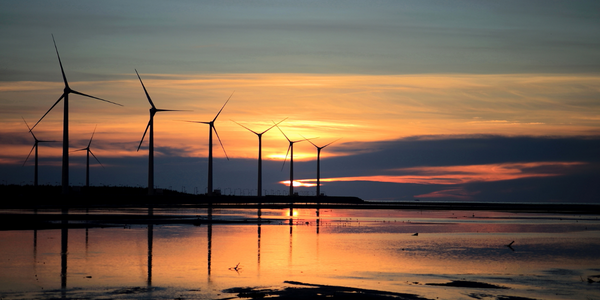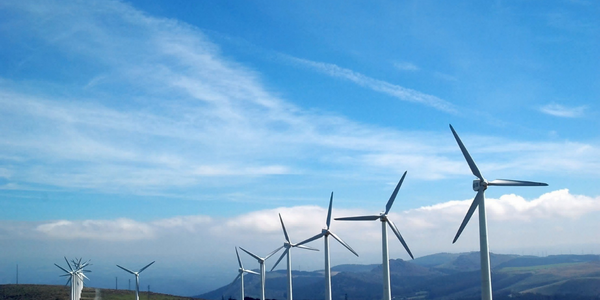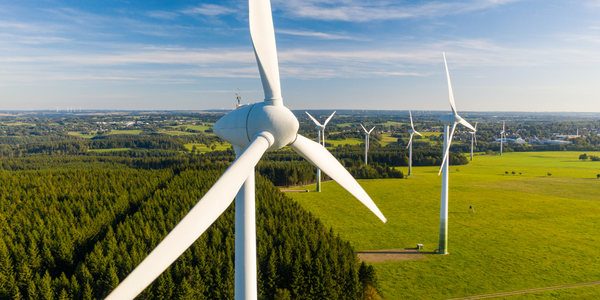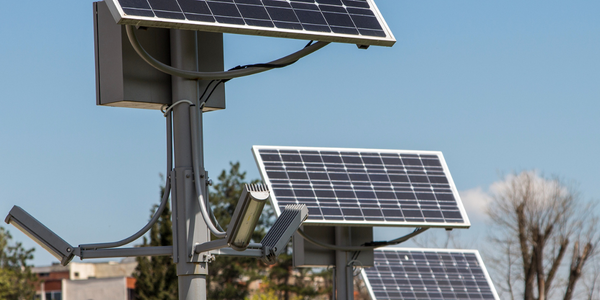技术
- 网络安全和隐私 - 网络安全
- 机器人 - 轮式机器人
适用行业
- 国家安全与国防
- 可再生能源
用例
- 网络安全
- 篡改检测
服务
- 云规划/设计/实施服务
- 网络安全服务
关于客户
Eurowind Energy 成立于 2016 年,现已发展成为欧洲领先的光伏和风力涡轮机项目开发商和运营商之一。该公司的业务遍及整个欧洲,包括德国、丹麦、波兰、罗马尼亚、瑞典、保加利亚和英国。 Eurowind Energy 总部位于丹麦,拥有 130 名员工。随着可再生能源成为国家基础设施的重要组成部分,该公司在加强能源资产安全方面发挥着核心作用。欧洲各国严重依赖风能或太阳能(光伏能源)的不间断供应,这使得网络安全成为 Eurowind 的主要关注点。
挑战
Eurowind Energy 是欧洲领先的光伏 (PV) 和风力涡轮机项目开发商和运营商之一,在建立能够适应业务快速增长时期的全面网络安全基础设施方面面临着重大挑战。该公司需要防止恶意网络攻击影响其 IT 基础设施,并保护关键能源业务和行业免遭停机。可再生能源从利基投资发展成为国家基础设施的关键部分,增加了对强有力的网络安全措施的需求。随着国家能源网络变得更加智能和国际化,数据流和接触点增加,从而扩大了潜在的攻击面。 Eurowind 希望在其网络、云和移动环境中建立其安全状况的完整可见性。它寻求立即保护和预防,以及对新威胁的了解。
解决方案
Eurowind Energy 采用了 Check Point Infinity Total Protection,这是一种安全模型,可为企业提供针对多向量第五代网络攻击的全面威胁防御。该解决方案以简单、包罗万象、按用户按年订阅的方式提供。 Eurowind 总部使用 Check Point 5800 下一代防火墙,分支机构使用 Check Point 3100 防火墙。为了保护 Eurowind 的 Office 365 用户,部署了 Check Point CloudGuard SaaS,这是一种防止 SaaS 应用程序受到攻击的云服务。 SandBlast Mobile 解决了有关移动使用的担忧。 Infinity Total Protection 是当今唯一包含网络安全硬件和软件的订阅产品,具有完全集成的端点、云和移动保护以及零日威胁防护,以及统一管理和 24/7 高级支持。
运营影响

Case Study missing?
Start adding your own!
Register with your work email and create a new case study profile for your business.
相关案例.

Case Study
Remote Monitoring & Predictive Maintenance App for a Solar Energy System
The maintenance & tracking of various modules was an overhead for the customer due to the huge labor costs involved. Being an advanced solar solutions provider, they wanted to ensure early detection of issues and provide the best-in-class customer experience. Hence they wanted to automate the whole process.

Case Study
Vestas: Turning Climate into Capital with Big Data
Making wind a reliable source of energy depends greatly on the placement of the wind turbines used to produce electricity. Turbulence is a significant factor as it strains turbine components, making them more likely to fail. Vestas wanted to pinpoint the optimal location for wind turbines to maximize power generation and reduce energy costs.

Case Study
Siemens Wind Power
Wind provides clean, renewable energy. The core concept is simple: wind turbines spin blades to generate power. However, today's systems are anything but simple. Modern wind turbines have blades that sweep a 120 meter circle, cost more than 1 million dollars and generate multiple megawatts of power. Each turbine may include up to 1,000 sensors and actuators – integrating strain gages, bearing monitors and power conditioning technology. The turbine can control blade speed and power generation by altering the blade pitch and power extraction. Controlling the turbine is a sophisticated job requiring many cooperating processors closing high-speed loops and implementing intelligent monitoring and optimization algorithms. But the real challenge is integrating these turbines so that they work together. A wind farm may include hundreds of turbines. They are often installed in difficult-to-access locations at sea. The farm must implement a fundamentally and truly distributed control system. Like all power systems, the goal of the farm is to match generation to load. A farm with hundreds of turbines must optimize that load by balancing the loading and generation across a wide geography. Wind, of course, is dynamic. Almost every picture of a wind farm shows a calm sea and a setting sun. But things get challenging when a storm goes through the wind farm. In a storm, the control system must decide how to take energy out of gusts to generate constant power. It must intelligently balance load across many turbines. And a critical consideration is the loading and potential damage to a half-billion-dollar installed asset. This is no environment for a slow or undependable control system. Reliability and performance are crucial.

Case Study
Remote Monitoring and Control for a Windmill Generator
As concerns over global warming continue to grow, green technologies are becoming increasingly popular. Wind turbine companies provide an excellent alternative to burning fossil fuels by harnessing kinetic energy from the wind and converting it into electricity. A typical wind farm may include over 80 wind turbines so efficient and reliable networks to manage and control these installations are imperative. Each wind turbine includes a generator and a variety of serial components such as a water cooler, high voltage transformer, ultrasonic wind sensors, yaw gear, blade bearing, pitch cylinder, and hub controller. All of these components are controlled by a PLC and communicate with the ground host. Due to the total integration of these devices into an Ethernet network, one of our customers in the wind turbine industry needed a serial-to-Ethernet solution that can operate reliably for years without interruption.

Case Study
Temperature monitoring for vaccine fridges
Dulas wanted a way to improve the reliability of the cold chain, facilitating maintenance and ensuring fewer vaccines are spoiled. Dulas wanted an M2M solution which would enable them to record and report the temperature inside vaccine refrigerators.

Case Study
IoT Powering A New Way to Light Streets with Bifacial Solar Panels
When James Meringer’s commercial contracting business experienced a rapid increase in solar projects, he also saw an opportunity to extend the benefits of solar by using the bifacial solar panels he’d become familiar with in new ways. Bifacial solar panels enable sunlight from both sides of the panel, making it a more efficient harvest of solar power. Seeing the panel’s power, James and his team set out to use the same technology for street lighting. Until now, solar street lights have served as utilitarian solutions that force designers to choose between form and function. The Mira Bella Energy team has changed that.







